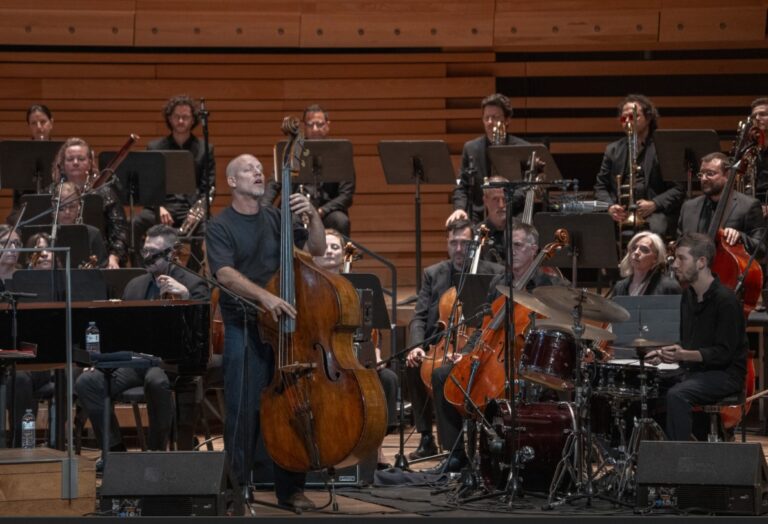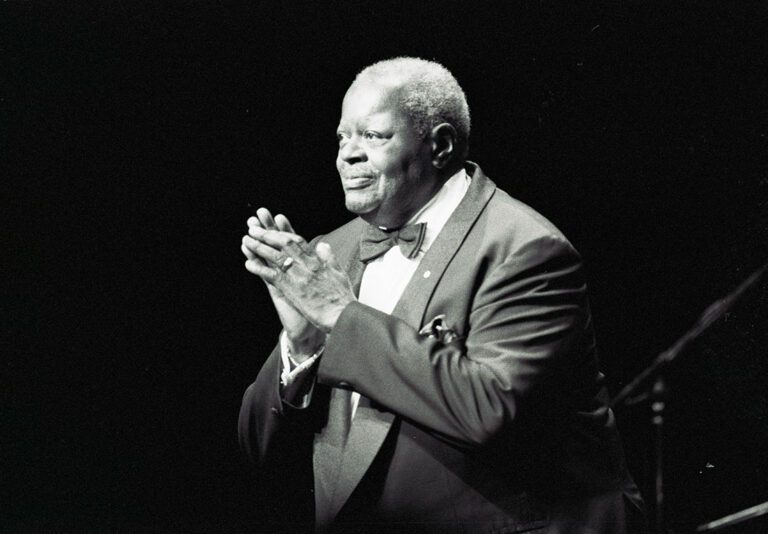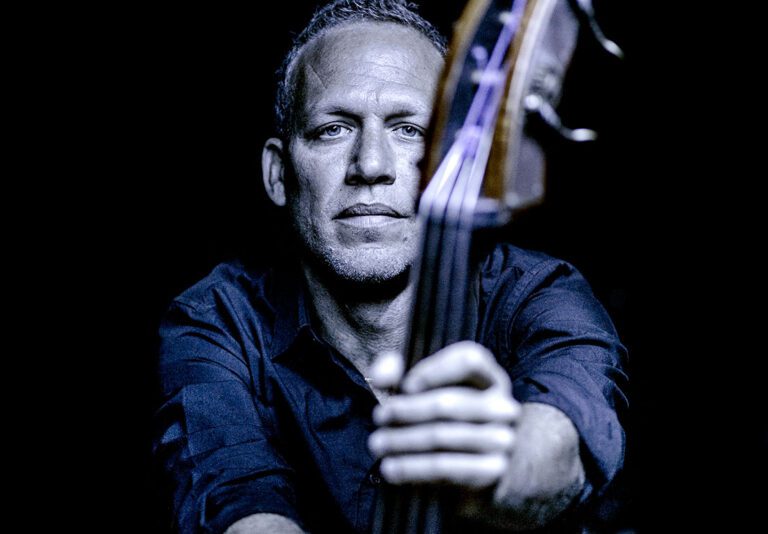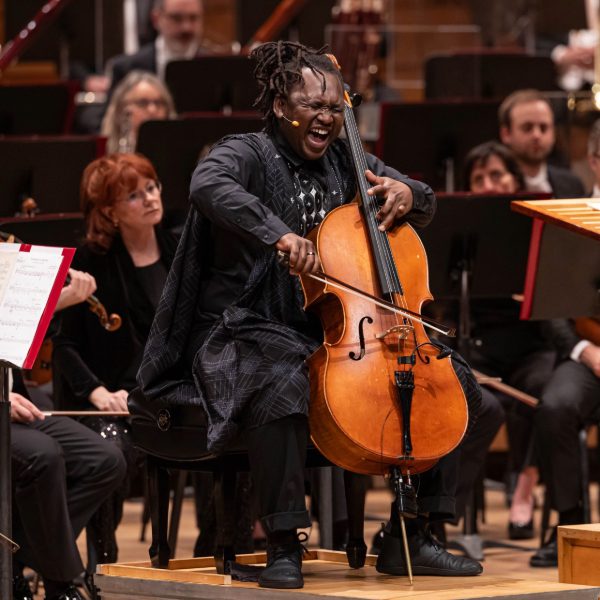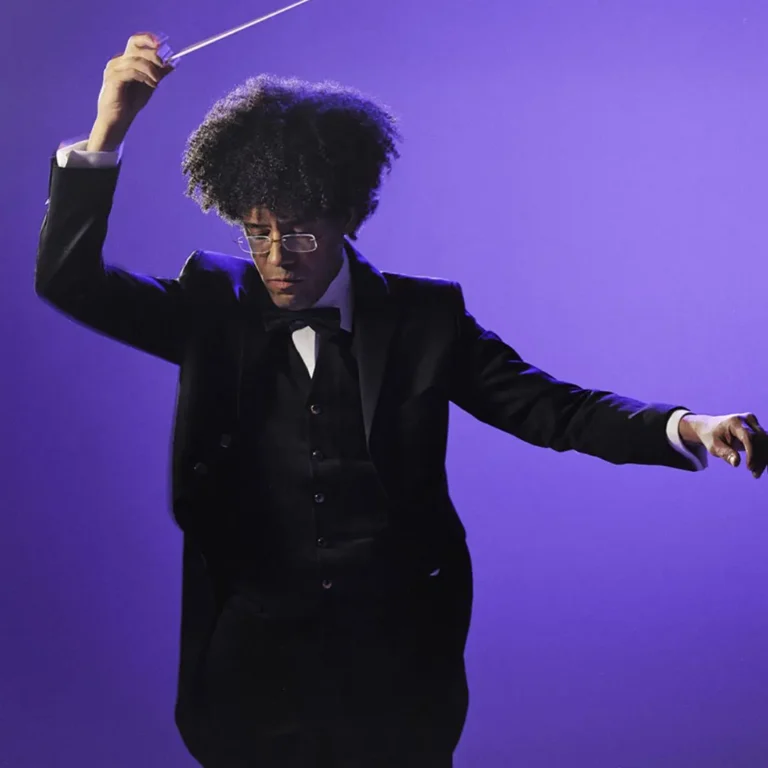To think I almost missed this concert! Due to an error on my part, my name had not been included on the list of press tickets for Symphonic Avishai Cohen. Damn! I had resigned myself to this curse when an angel from Roy Turner Communications (hi Flavie!!), associated with the Festival, wrote to tell me that one last ticket had been found for me. It was one of the year’s best catch-ups, and one I’ll always remember, because this concert by the Israeli double bassist/composer, with his trio and an orchestra assembled for the occasion, was magnificent.
It’s a concert that’s already been around for several years and that the artist tours from time to time. Montreal was right to import it for an evening at the Maison symphonique. The hall was full and the audience was magically lulled, as if in a velvet baby carriage, for almost an hour and a half. Traditional Jewish songs (ladinos, from the Sephardic Jews of medieval Spain), personal compositions of course, and a few well-turned standards were skilfully interpreted thanks to arrangements rich in counter-melodies and harmonic flourishes of the basic material.
No wheels were reinvented, but the magnificence of the orchestral playing and the few refined improvisatory flights by Cohen and his companions, well framed because a symphonic boat is difficult to maneuver in spontaneity, delighted the ears and heart of your humble servant.
Almost piece for piece, the program was the same as that given elsewhere (see the concert at the Philharmonie de Paris in 2016, below), and which can also be heard on the Two Roses album released in 2021 with the Gothenburg Orchestra in Sweden. The final, and unique, encore in Montreal was a “Nature Boy” of rare tenderness. The spell had been cast for good, and we were to leave the illustrious hall spellbound for a long time to come.
